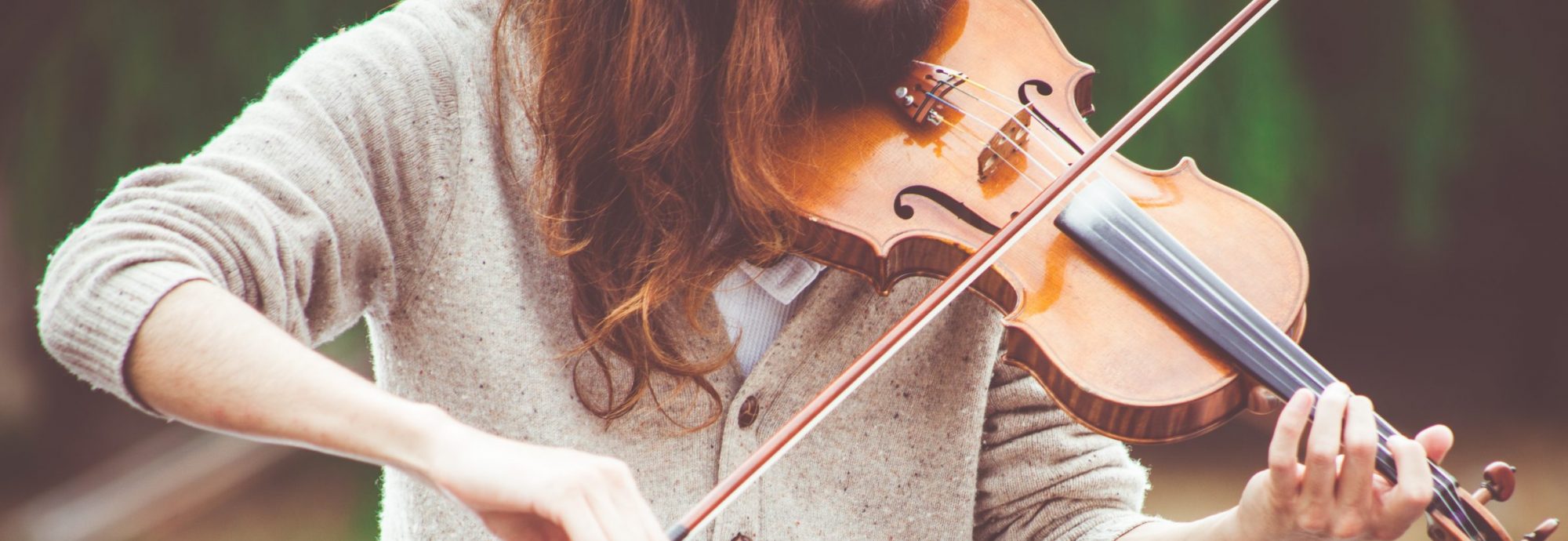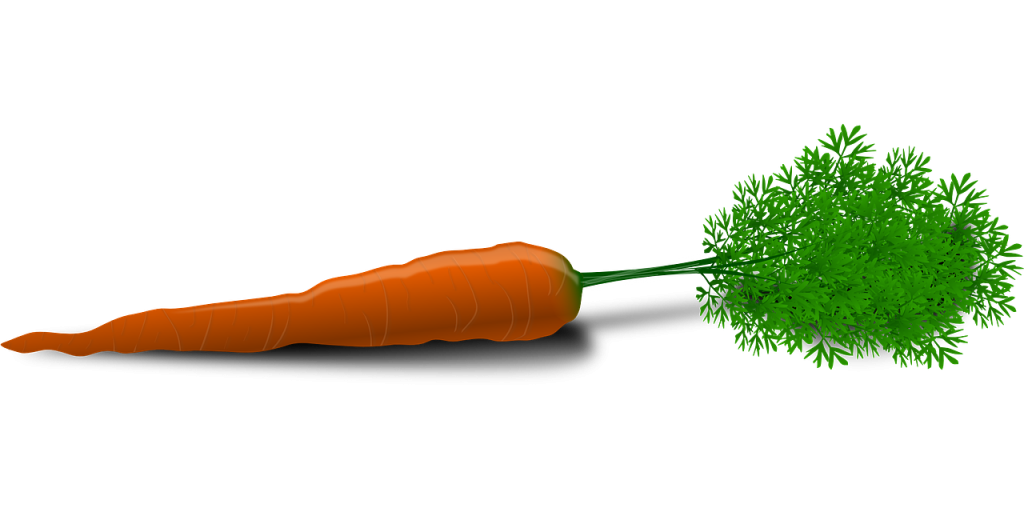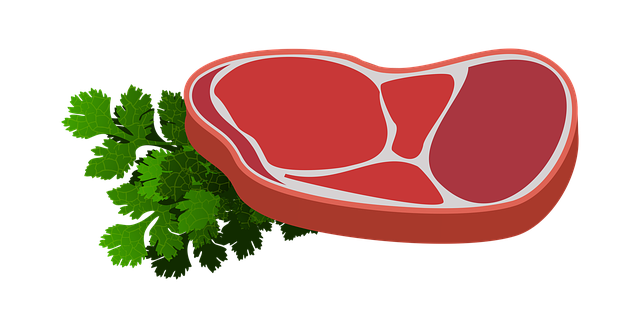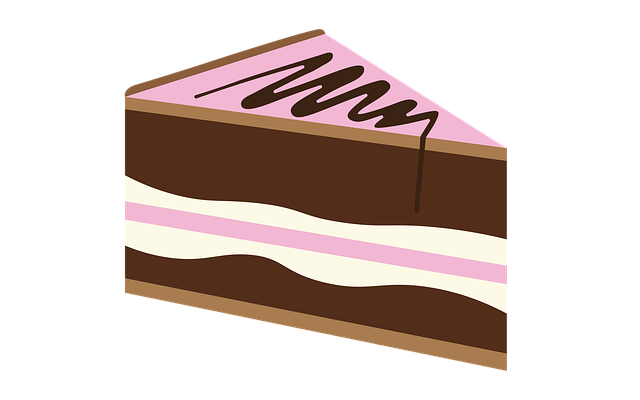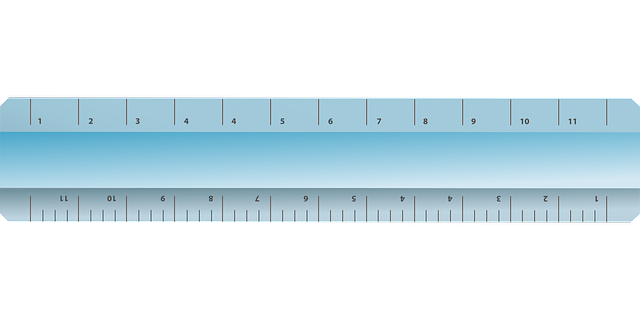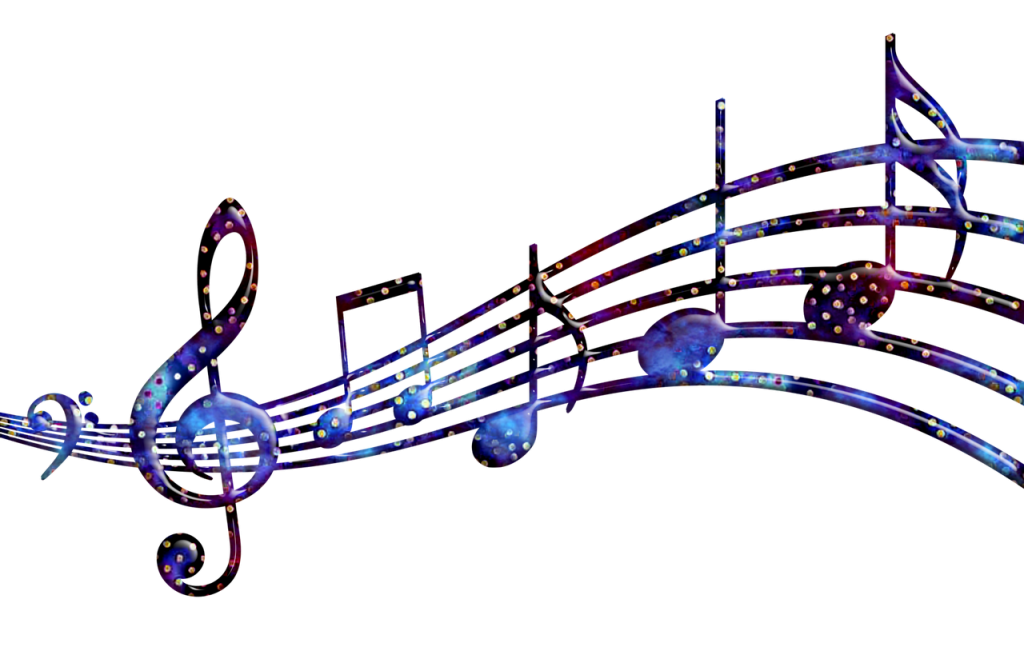
If your child attends a school that offers the opportunity to start a stringed instrument, they are lucky. It’s fun to learn an instrument in a classroom full of friends! In an orchestra classroom students are studying the fundamentals of music as it applies to their instrument through notes, rhythm, tone quality, intonation, dynamics, bowings, shifting, vibrato and musicality. They are also learning how to play with other people through ensemble music. This takes skill in counting, listening and sight reading. Healthy competition is apparent as students are pushed to higher levels on their instrument while striving to keep up with the group. The main focus of an orchestra is to work on the musical strengths and weaknesses of the group as a whole.
In contrast, the main focus of private lessons is to focus on the strengths and weaknesses of the individual player. Students work with a teacher one-on-one to improve their playing ability and meet their individual goals on their instrument. The same fundamentals of music are studied through solo music rather than ensemble music. Solo music gives each student the opportunity to be the superstar through the entire piece since their part is the most important. Working through solo and ensemble repertoire in private lessons will benefit any type of student. Individual lessons are great for reinforcing areas in orchestra where a student may need extra help. They are also great for the really advanced student who needs more of a challenge.
Different skills are gained through music education in orchestra versus private lessons. One is not better than the other. A student is better off having both. The skills learned in both orchestra and private lessons simultaneously make the most well-rounded musician.
